“That’s huge!” I exclaimed. “How did you ever fit it in an indoor orchid garden?”

“It took some doing,” my friend agreed. “This gigantic phalaenopsis is not even full height.”
“How big will it get?”
“Up to 2 feet in height, and the leaves can grow to 2 feet long.”
I ran a finger along the length of the leaf closest to me. Already it stretched at least a foot. “And the flowers?”
“Lots. But not for a few years. The plant still has to mature.” She stood next to me admiring her latest orchid investment. “A 2-inch diameter and sweet smelling. I’ll be sure to let you know when the flowers start to bloom.”
“Please do.” I paused, “Is it difficult to grow?”
“If you start it from a clipping, it can take years to produce flowers. I lucked into this find. It’s already close to maturity.”
“You really are lucky with your plants,” I agreed.
Description
The gigantic phalaenopsis is the largest known orchid species, mostly due to the length of its leaves. Up to six large, silvery-green leaves grow on a short monopodial stem. The plant itself can grow up to 3 feet in height.

The flowers are about 2 inches in diameter with a background coloring of cream. There are raised, red-brown spots on the petals with some green around the center. A mature plant can produce hundreds of flowers, which often last for many months. They produce a sweet, citrusy fragrance.
Common Names for Phalaenopsis Gigantea
The Phalaenopsis gigantea orchid is more commonly known as the gigantic phalaenopsis, in reference to its large leaves. It’s also called the gigantea orchid, the giant orchid, and the phalaenopsis orchid. Its many names say it all: It is a very large orchid.
Natural Habitat
Phalaenopsis gigantea orchid is a rare plant that is threatened with extinction. It’s native to Sabah (Merutai and Tiger Mountain areas) situated in the northern part of Borneo. The orchids have also been found in Sarawak (Crocker Mountain area), and West Kalimantan. Well suited to growing at an altitude of 500 feet, it has recently been discovered to grow well in the original forests of Java.
Growing Conditions and Care
Although best suited for growing in the wild and moderately warm climate, this orchid can be grown indoors. However, it requires considerable patience. It grows very slowly, is susceptible to diseases, difficult to reproduce, and can take up to 12 years to bloom. To put it bluntly, the Phalaenopsis gigantea orchid is a demanding plant.
Light and Temperature Needs
This orchid needs lots of bright light, but only if it’s indirect. In other words, don’t place the plant where it will get lots of direct sunlight as it will damage the leaves and cause premature blooms to drop. Find a bright spot with indirect sunlight to help the orchid thrive and produce lots of flowers. Maintain a moderate room temperature and high humidity level year-round.
Take care not to expose the Phalaenopsis gigantea orchid to large temperature fluctuations.
Watering and Humidity
It’s important to keep this orchid moist. Water with warm water, preferably in the morning when it’s not so hot.
It’s extremely susceptible to rotting, so allow the roots to dry quickly after being watered. Good air flow in your growing area helps maintain healthy leaves.
Flowering Timeline
When can you expect the flowers to bloom? Once the plant has matured (as previously mentioned, this may take up to 12 years), the flowers can appear at any time of the year, but mostly in the late summer or early fall.

How to Propagate Phalaenopsis Gigantea
If your Phalaenopsis gigantea orchid is getting too big, you should take some clippings and start new plants. The best way to propagate a gigantic phalaenopsis orchid is through stem cuttings.
- Cut the stem off the mature plant.
- Cut the stem in sections, making sure that all sections have at least one leaf.
- Place every section in its own pot, prepared with sterile orchid potting mix.
- Water well and keep the soil moist but not soggy.
- Place the new plants in a similar setting to the mature plant, ensuring plenty of bright, but indirect light.
- Be patient and watch for new roots to form. With proper care, your new plants, (once mature) can live up to 15 years.
Common Pests and Problems
The Phalaenopsis gigantea orchid is susceptible to disease, particularly bacterial, viral, and fungal diseases. These can damage the leaves, flowers, or roots to such an extent that the plant may not survive.
The phalaenopsis mite is a particular problem and feeds on the upper surfaces of the leaves, making the leaf look pockmarked.
Other pests that pose a problem:
- Spider mites
- Aphids
- Mealy bugs
- Scale
- Thrips
- Whiteflies
Preventive Care
The best solution is to make sure watering isn’t overdone – never leave the roots sodden with excess water. Air flow is important to maintain the plant’s health and prevent pests from taking over – it also helps deter fungal growth. Keep a close eye on the plant and be sure to treat the problem as soon as it arises either with a dish soap solution or an alcohol mixture.
- Mix equal parts of water and rubbing alcohol.
- Add a few drops of dish soap for a good spray.
- Apply it every couple of days until the pests have been eradicated.
Uses and Benefits
The Phalaenopsis gigantea orchid is mostly used as an ornamental plant.

It is also been known for its medicinal qualities in the treatment of fever, headaches, and stomach ailments.
Final Thoughts
A unique plant due to its gigantic size, the Phalaenopsis gigantea orchid is, sadly, threatened with extinction. It only grows naturally in a few locations, although it has been domesticized and does well in pots. Mostly, this unique plant makes a wonderful conversation piece and something to admire for many years.



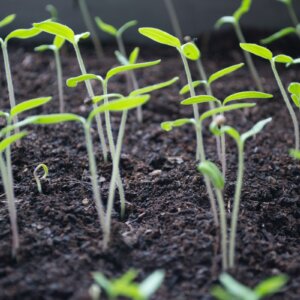
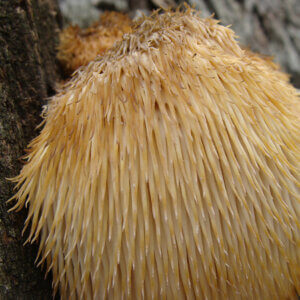



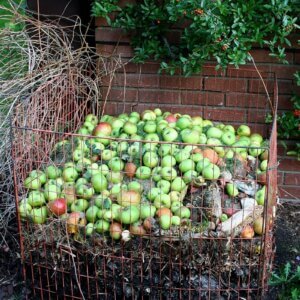
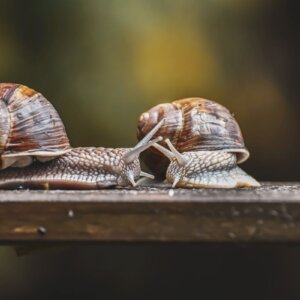



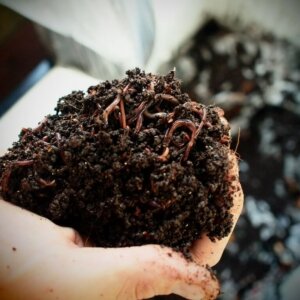



















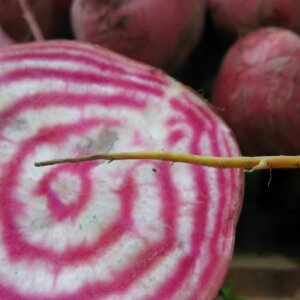






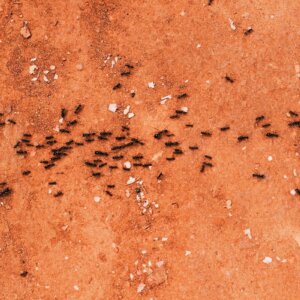
Leave a Reply